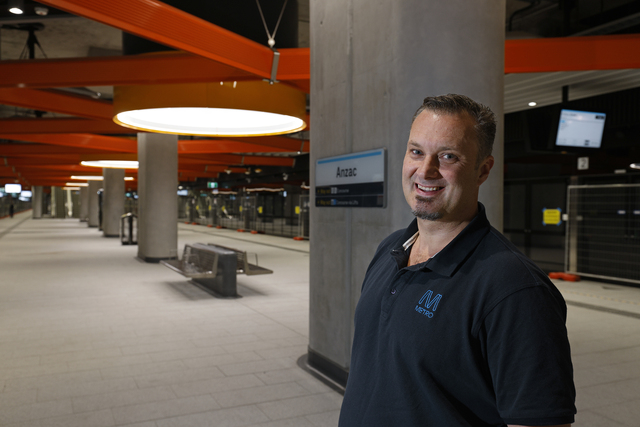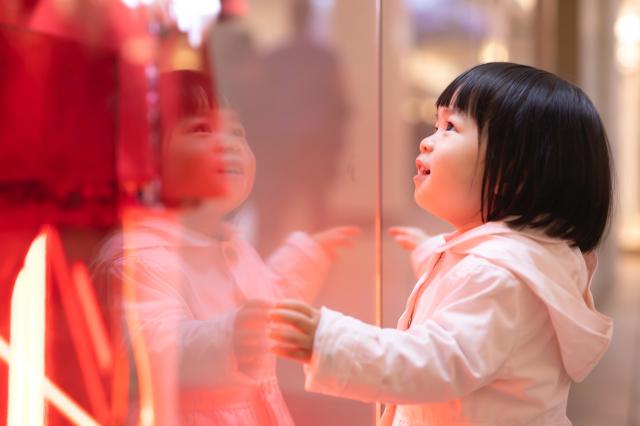As World Environment Day approaches, discourse with southeastern councils’ decision to opt for waste-to-energy incinerators is rife, as experts call for more clarity and engagement.
The most recent update for an alternative to the rapidly-growing landfills saw the Greater Dandenong Council pledge $50,000 to being titled as a ‘Class A’ participant in the South East Metropolitan Advanced Waste Processing (SEMAWP) project, just two months prior.
Formed in 2021, SEMAWP is a consortium of southeast councils and includes Casey, Cardinia, Knox and Bayside City to name a few.
Federation University engineering lecturer Dr Harpreet Singh Kandra said that more clarity was needed, and that “let’s not say that waste to energy is the only solution”.
“For every problem, you have to take a multi-pronged approach, all of which is driven by data.
“We really need implementation of an integrated and sustainable waste management system, we may not be able to get rid of landfill sites altogether but if we have to go on the path of waste-to-energy, we need to take small steps – calculated and informed steps,” he said.
Fellow Federation University engineering associate professor, Ayon Chakraborty, said that while he is “totally for it”, he can “understand the apprehensions related to the gasses that’s coming out”.
“I feel like we need to have proper protective gears around it [and] I think we also need to speak with the community, get the community into confidence before jumping into it – that discussion needs to happen before taking a unilateral decision,” he said.
SEMAWP itself is an independent body, with the move backed by the State Government through their 10-year circular economy policy.
Administered by Recycling Victoria, the scheme aims to regulate market-related aspects of thermal waste to energy processing, according to the Victorian Government website.
In addition, Recycling Victoria is responsible for issuing licences to ensure that accredited facilities only accept an approved amount and specific types of residual wastes.
Dr Kandra acknowledged that new and big projects such as these have the opportunity to foster job opportunities and that countries such as the US, Japan and those in Europe have adopted waste-to-energy projects.
An expert in water and environmental management, he also added however, that these three locations have a much higher population density per square kilometre as compared to Australia, and that “if you compare landfill and incineration, both of them are end of pipe treatments”.
“I see them more as a supply management approach, it’s not managing the demand – people want more energy so instead of controlling their energy demands, we are producing more energy so we can meet their demands.
“My question as a community member is that first of all, we’re not that populated, so do we need an incinerator?” he said.
Professor Chakraborty suggested that there are other resources that could be tapped into before jumping towards waste-to-energy incinerators.
“Definitely we [shouldn’t] rely only on one option, we have geothermal, we also have a lot of discussion going around hydrogen and we are aware that it is going to be a clean energy aspect that we are looking at.
“The population is in very centralised locations, so it makes sense to look for other options, cleaner options,” he said.
The state government currently has an industry development plan surrounding renewable hydrogen, with four clusters – members that collaborate on research, deliver pilot projects and building supply chains – in Gippsland, Clayton, Greater Geelong and Mallee.
A similar viewpoint of more bins equals more waste generated was touched on by Prof Chakraborty, saying that “just [because it’s] burning, that does not mean people are going to create more waste”.
“There are two aspects to it, one is waste generation and another is educating people before waste is generated.
“As a circular economy researcher, these are temporary solutions, this is not going to be long-term because you cannot go ahead and keep on burning everything,” he said.
In 2021, the Greens criticised the State Government and Environment Protection Authority’s approval of the incinerators, stating in their Waste to Energy: Greenwash At Its Best fact sheet that they are more polluting than coal and gas-fired power stations for energy output.
They also added that they undermine the overall goal of not just local councils, but also the state’s transition into a circular economy by locking councils into long-term contracts, while utilising the same linear model of resource extraction.
Dr Kandra echoed Prof Chakrabroty’s sentiments in that numerous factors are in the unknown and that transparency with the councils’ respective communities are a must.
“Waste is becoming more complex, our waste is increasing and the type is also changing, so do we clearly understand what kind of waste we are producing and what kind of waste will be burnt?” Dr Kandra said.
“What kind of gasses will be produced, and will they be carcinogenic or not?”
Certain steps need to be taken beforehand, with Dr Kandra adding that “we really need to look at our waste management and the volume of waste per person”.
“Several things that the government can do is improving the segregation system and reducing the volume of the waste, and from a value creation point of view, a waste-to-energy site is more promising compared to putting a new landfill site.
“But again, those balances and checks are [to be] applied properly in terms of the location of that site, in terms of the cost analysis, all of that is required,” he said.
Dr Kandra also added that close observation of Western Australia’s Kwinana waste-to-energy project would be beneficial, not just for Victoria but for everyone when taking those ‘small steps’ towards state-wide implementation of the incinerators.
“If the data can come from Western Australia and if we can understand that, that would be a good thing before we start putting dollars into a real project.
“We’re talking about incineration, but there are some better technologies that have been used and are being used in other parts of the world to produce energy like the process of pyrolysis or gasification.
“Why did we in the first place, sign for incineration when there are other technologies which might be better? Are we taking an outdated technology which was used 30 years ago and bringing it to our backyards?” he said.
With council election just over the horizon, Dr Kandra prompted it to be the perfect time for councillors to touch on the topic, as something for candidates to take a stand on.
“I think it’s an important issue which everyone has to think about, so if everyone is deciding without consulting the community and without being transparent, I don’t think that’s the right approach,” he said.
Casey Council’s move to a circular economy currently involves the goals of eliminating waste and pollution, circulating products and materials within the economy and regenerating natural systems, according to their Circular Economy Opportunities Report in 2022.








